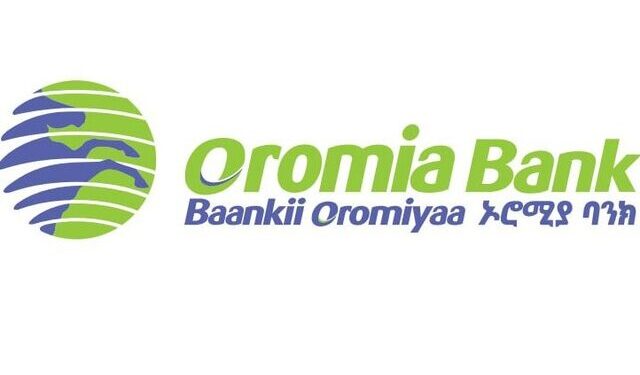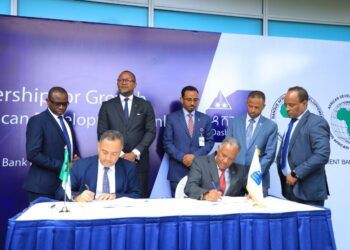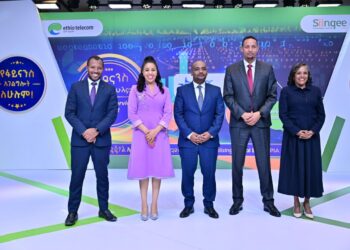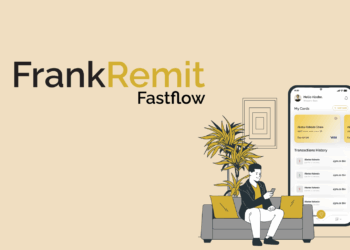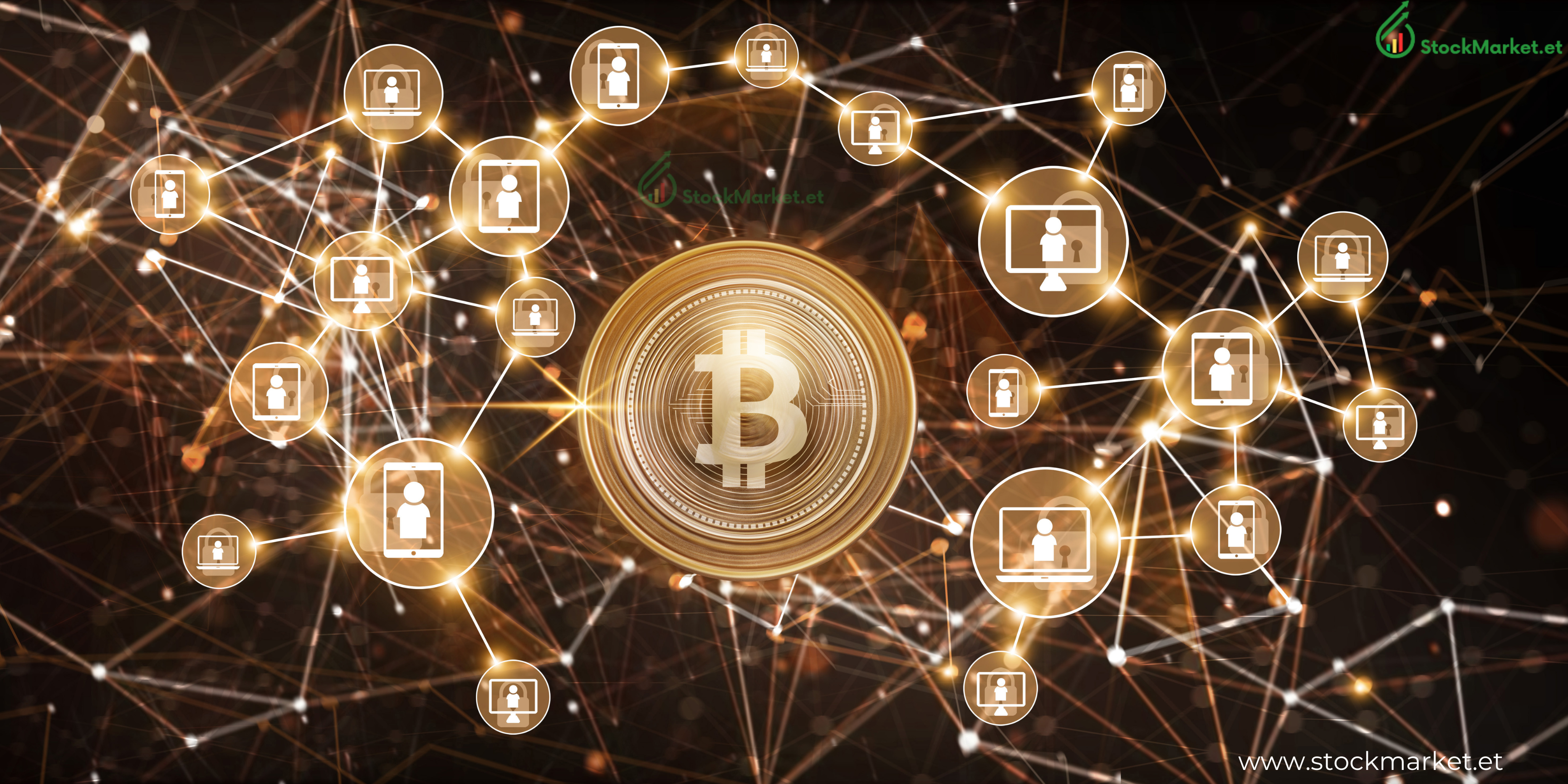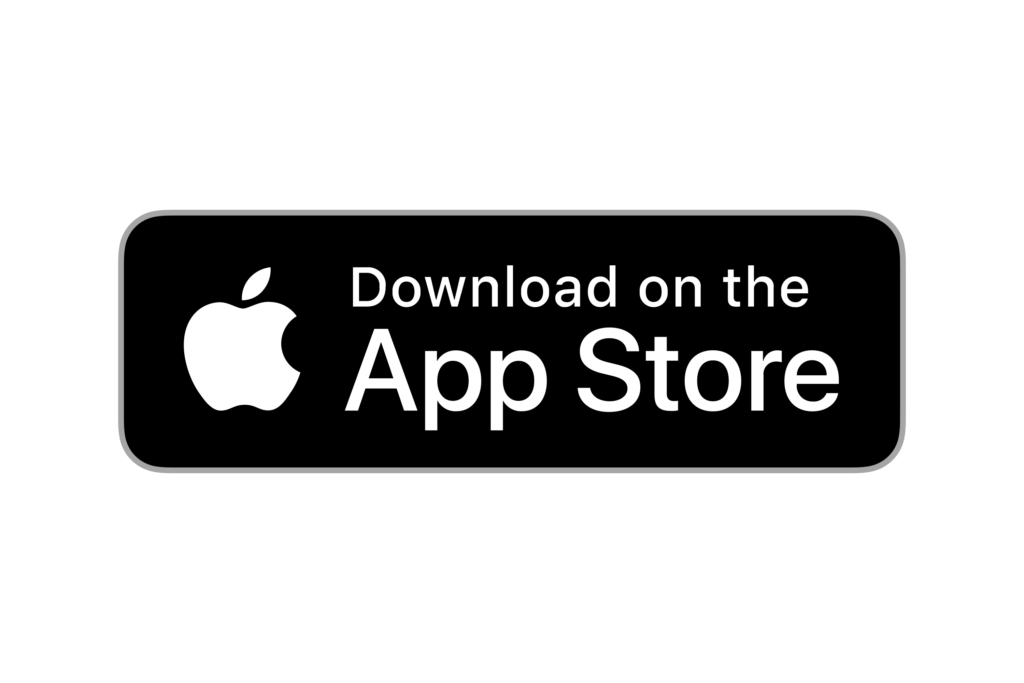In a bold step toward modernizing Ethiopia’s fuel payment system, Oromia Bank has officially launched an innovative integration of its Milki Digital Financing app with the Ministry of Transport and Logistics’ Fuel Aggregator System. This development is expected to significantly ease the burden of fuel payments, supporting the country’s broader digital finance ambitions.
The launch event, attended by officials from the Ministry, financial leaders, and private sector stakeholders, highlighted the growing momentum behind Ethiopia’s digital transformation. Oromia Bank’s new system enables customers to pay for fuel digitally, and uniquely, even access loans for fuel purchases—yes, even when their balance is running on empty.
Speaking at the event, Oromia Bank CEO Obo Teferi Mekonnen affirmed the bank’s commitment to Ethiopia’s digital payment strategy. “We’re undertaking a wide range of initiatives to reduce cash flow dependency and promote digital transactions. Digitizing fuel payments through the Milki app is a key milestone in that journey,” he said.
Obbo Salman Mohammed, Manager of the National Fuel Subsidy Project Office at the Ministry, praised the initiative, noting that “alternative payment providers like Oromia Bank are essential in building a credible and efficient fuel reform system.” He encouraged further expansion of such digital solutions to other sectors.
Dr. Yusuf Elmali, General Manager of OLA Energy Ethiopia, underscored the practicality of the new system, stating, “The Milki app brings real convenience and efficiency to fuel payments. It’s a timely innovation that aligns with the sector’s modernization efforts.”
Board Chairman Dr. Assefa Sime echoed this sentiment and emphasized the broader vision. “Oromia Bank’s digitalization efforts are already delivering results. The fuel payment system is just one piece of a much larger transformation.”
With this rollout, Oromia Bank becomes the first financial institution in Ethiopia to digitize fuel payments at this scale, offering both convenience and financial access—such as microloans—through its app. This is more than just a tech upgrade; it’s a practical step toward a cashless, inclusive financial ecosystem.

